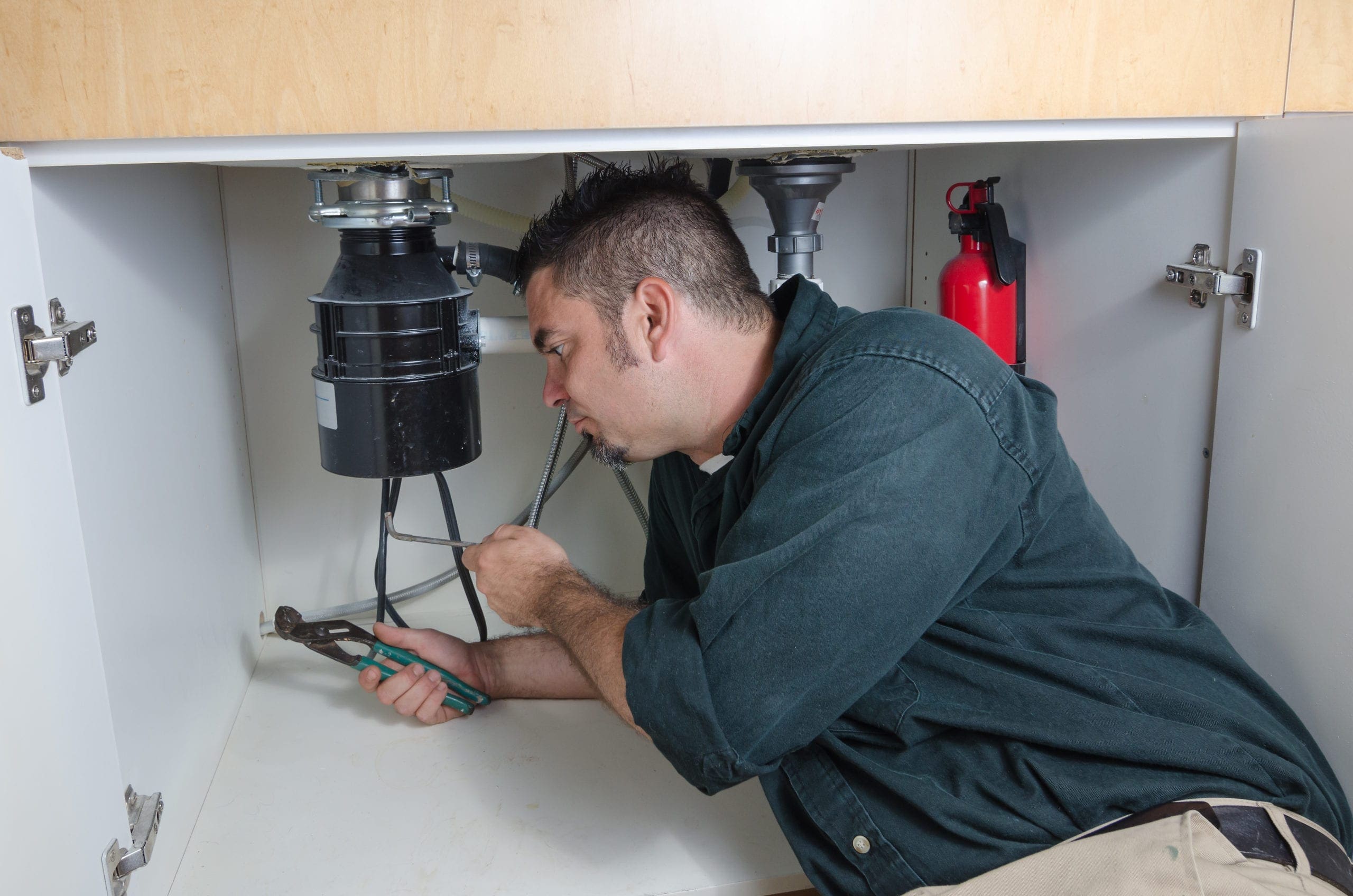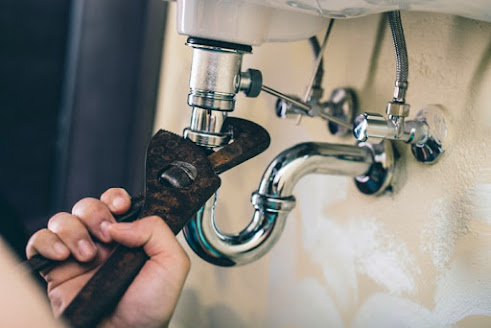The Key To Solving Plumbing Noises in Residences
CallWe have come across this great article pertaining to Why Do My Plumbing Pipes Make A Knocking Noise down the page on the net and concluded it made sense to write about it with you over here.

To identify loud plumbing, it is necessary to identify initial whether the unwanted noises take place on the system's inlet side-in various other words, when water is turned on-or on the drain side. Sounds on the inlet side have differed reasons: excessive water stress, worn shutoff as well as tap parts, improperly linked pumps or other devices, improperly positioned pipe bolts, and plumbing runs consisting of way too many tight bends or various other restrictions. Sounds on the drain side normally come from poor place or, as with some inlet side noise, a layout including tight bends.
Hissing
Hissing noise that occurs when a tap is opened a little normally signals extreme water pressure. Consult your local public utility if you believe this issue; it will be able to tell you the water stress in your area and also can set up a pressurereducing valve on the inbound water system pipe if required.
Thudding
Thudding noise, often accompanied by shuddering pipes, when a tap or home appliance shutoff is turned off is a problem called water hammer. The sound as well as resonance are caused by the reverberating wave of stress in the water, which suddenly has no place to go. Often opening up a shutoff that releases water rapidly right into an area of piping consisting of a limitation, elbow, or tee fitting can produce the same condition.
Water hammer can usually be healed by installing installations called air chambers or shock absorbers in the plumbing to which the trouble shutoffs or faucets are linked. These gadgets enable the shock wave produced by the halted flow of water to dissipate in the air they contain, which (unlike water) is compressible.
Older plumbing systems might have brief vertical areas of capped pipeline behind walls on tap runs for the same objective; these can ultimately fill with water, lowering or ruining their effectiveness. The remedy is to drain pipes the water system entirely by turning off the major water system valve as well as opening up all faucets. Then open up the primary supply shutoff and shut the faucets one by one, beginning with the tap nearest the shutoff as well as ending with the one farthest away.
Chattering or Shrieking
Intense chattering or screeching that happens when a valve or faucet is switched on, and that typically goes away when the installation is opened totally, signals loose or defective inner parts. The remedy is to replace the shutoff or faucet with a new one.
Pumps and also home appliances such as cleaning makers as well as dishwashing machines can transfer motor sound to pipelines if they are poorly linked. Connect such things to plumbing with plastic or rubber hoses-never inflexible pipe-to isolate them.
Other Inlet Side Noises
Squeaking, squealing, scraping, breaking, as well as tapping generally are brought on by the expansion or contraction of pipes, typically copper ones supplying hot water. The noises happen as the pipes slide against loosened bolts or strike close-by house framework. You can commonly pinpoint the place of the problem if the pipelines are exposed; simply adhere to the noise when the pipes are making sounds. Probably you will discover a loose pipe wall mount or an area where pipelines lie so near to flooring joists or other framing items that they clatter against them. Attaching foam pipeline insulation around the pipelines at the point of get in touch with need to fix the trouble. Make sure bands as well as hangers are protected and also supply ample support. Where feasible, pipe fasteners ought to be connected to massive structural elements such as foundation wall surfaces as opposed to to mounting; doing so decreases the transmission of resonances from plumbing to surface areas that can magnify as well as transfer them. If affixing bolts to framing is unavoidable, cover pipes with insulation or various other durable material where they get in touch with bolts, and also sandwich the ends of new fasteners between rubber washers when mounting them.
Remedying plumbing runs that deal with flow-restricting tight or various bends is a last option that ought to be taken on only after speaking with a proficient plumbing service provider. Sadly, this scenario is fairly usual in older residences that may not have been constructed with interior plumbing or that have seen numerous remodels, particularly by amateurs.
Drain Noise
On the drainpipe side of plumbing, the chief objectives are to eliminate surface areas that can be struck by falling or hurrying water and to protect pipelines to include inevitable sounds.
In brand-new building and construction, tubs, shower stalls, bathrooms, and also wallmounted sinks as well as basins need to be set on or against resilient underlayments to minimize the transmission of sound via them. Water-saving toilets and taps are less loud than traditional designs; install them instead of older kinds even if codes in your location still permit using older components.
Drains that do not run vertically to the basement or that branch into horizontal pipe runs sustained at flooring joists or various other framing present particularly problematic sound troubles. Such pipes are large sufficient to emit considerable resonance; they likewise carry substantial amounts of water, that makes the circumstance worse. In brand-new construction, define cast-iron dirt pipes (the huge pipes that drain pipes toilets) if you can manage them. Their massiveness consists of a lot of the noise made by water travelling through them. Also, stay clear of routing drainpipes in wall surfaces shared with rooms as well as spaces where individuals gather. Wall surfaces consisting of drainpipes ought to be soundproofed as was defined earlier, utilizing dual panels of sound-insulating fiber board and wallboard. Pipes themselves can be covered with unique fiberglass insulation made for the function; such pipes have a resistant plastic skin (often having lead). Results are not constantly acceptable.
WHY IS MY PLUMBING MAKING SO MUCH NOISE?
This noise indeed sounds like someone is banging a hammer against your pipes! It happens when a faucet is opened, allowed to run for a bit, then quickly shut — causing the rushing water to slam against the shut-off valve.
To remedy this, you’ll need to check and refill your air chamber. Air chambers are filled with — you guessed it — air and help absorb the shock of moving water (that comes to a sudden stop). Over time, these chambers can fill with water, making them less effective.
You’ll want to turn off your home’s water supply, then open ALL faucets (from the bathroom sink to outdoor hose bib) to drain your pipes. Then, turn the water back on and hopefully the noise stops! If you’re still hearing the sound, give us a call to examine further.
Whistles
Whistling sounds can be frustrating, as sometimes the source isn’t easily identified. However, if you can pinpoint which faucet or valve that may be the cause, you’ll likely encounter a worn gasket or washer — an easy fix if you replace the worn parts!Whistling sounds from elsewhere can mean a number of things — from high water pressure to mineral deposits. Your best plan of attack here is to give our plumbing experts a call. We’ll be able to determine where the noise is coming from and what the cause may be, then recommend an effective fix!
Cracks or Ticks
Cracking or ticking typically comes from hot water going through cold, copper pipes. This causes the copper to expand resulting in a cracking or ticking sound. Once the pipes stop expanding, the noise should stop as well.
Pro tip: you may want to lower the temperature of your water heater to see if that helps lessen the sound, or wrapping the pipe in insulation can also help muffle the noise.
Bangs
Bangs typically come from water pressure that’s too high. To test for high water pressure, get a pressure gauge and attach it to your faucet. Water pressure should be no higher than 80 psi (pounds per square inch) and also no lower than 40 psi. If you find a number greater than 80 psi, then you’ve found your problem!
Next step is to give us a call in order to install a pressure regulator. Trust us, you don’t want to wait to resolve this issue. Not only is the sound annoying, but high water pressure can be destructive to your home — including damaging certain appliances, like your washer and dishwasher.
Dripping
You might be accustom to the slow quiet drip your kitchen faucet makes. You might have even tuned out your bathroom sink dripping and drabbing all day long — but it’s time to find its cause.
A slow drip could signify a variety of easy to fix issues, such as a worn out O ring, or loose part. And by ignoring the drip, you could be wasting up to 2,000 gallons of water a year! So start conserving water — get it looked at ASAP.
https://www.pwessig.com/blog/2018/december/why-is-my-plumbing-making-so-much-noise-/

I have been very curious about Why Do My Pipes Make Noises and I'm hoping you enjoyed the new blog posting. Sharing is caring. Helping others is fun. Kudos for your time. Kindly come visit our blog back soon.
Immediate help? Ring!